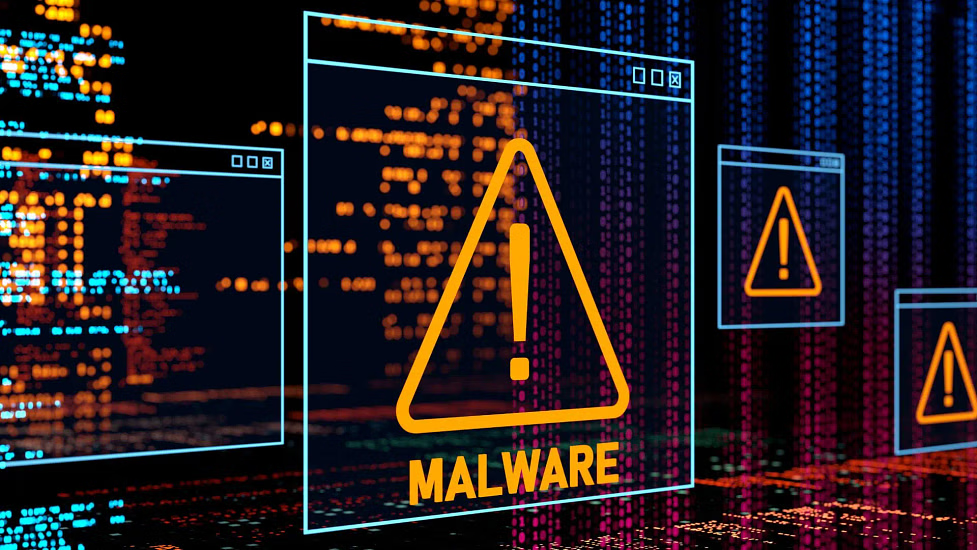Former President, of the USA, Donald Trump is willing to support crypto if he gets elected as the president again in 2024. Trump has started to incorporate digital currencies into the American financial systems, positioning America as a global leader in blockchain.
It seems quite shocking that despite constant criticism of bitcoins and other cryptocurrencies, Trump has shifted to a new position. Earlier, he made comments like Bitcoin and other cryptocurrencies as ‘not money’. However, due to the increasing demand for blockchain and digital assets, it seems like he has changed his mind. In the latest address, Trump recognized the importance of cryptocurrencies in global finances and decided to promote the sector’s development.
Trump outlined a vision for a pro-crypto administration to encourage more innovation along with providing clarity. He said that he would make America the best place in the world to invest and innovate in crypto. He also advocated for a modern American financial system that embraces the future.
Trump’s plan also involves creating a national task force to come up with a unified regulation framework for cryptocurrencies. The aim is to protect the consumers and maintain operations stability while keeping on supporting technological advancements. Trump also discussed tax incentives for crypto businesses and investors, to attract more talents and investments to the U.S.
The statement has received a mixed reaction. To some, Trump’s pledge could be a political advantage for the industry, to others, given his past criticism of its lack of clarity regarding the regulation of cryptocurrencies in the U.S.
Many known figures in the crypto have provided their response to Trump’s announcement. CEO of MicroStrategy, an advocate of Bitcoin, Michael Saylor found the promise encouraging as well as unsure. He stated that if he supports cryptocurrencies, it can bring stability to the industry.
Critics also argue that Trump’s sudden willingness towards crypto is for political expediency. Some criticize that his promise comes at a time when other countries like El Salvador are already making progress in initiating crypto assets into their economies.
Trump will probably support crypto encountering challenges during the execution of his plan. The overall legal framework of cryptocurrencies in the USA is still incoherent and fragmented with the overlaps of the federal agencies’ jurisdictions on the cryptocurrency market. Also, Trump’s previous positions such as on CBDCs and the Federal Reserve, may mean that achieving a clear strategy on cryptocurrency policy will be challenging.
Trump is keen to become president again in the forthcoming 2024 election and his assurance to advocate for cryptocurrency has breathed new life into the fight for the future of digital currencies in the United States of America. Only time will tell whether what Trump has said will translate into a reality for the bookings of his hotel.
If you liked this article, then please subscribe to our YouTube Channel for web3 video tutorials. You can also find us on Twitter and Instagram.







